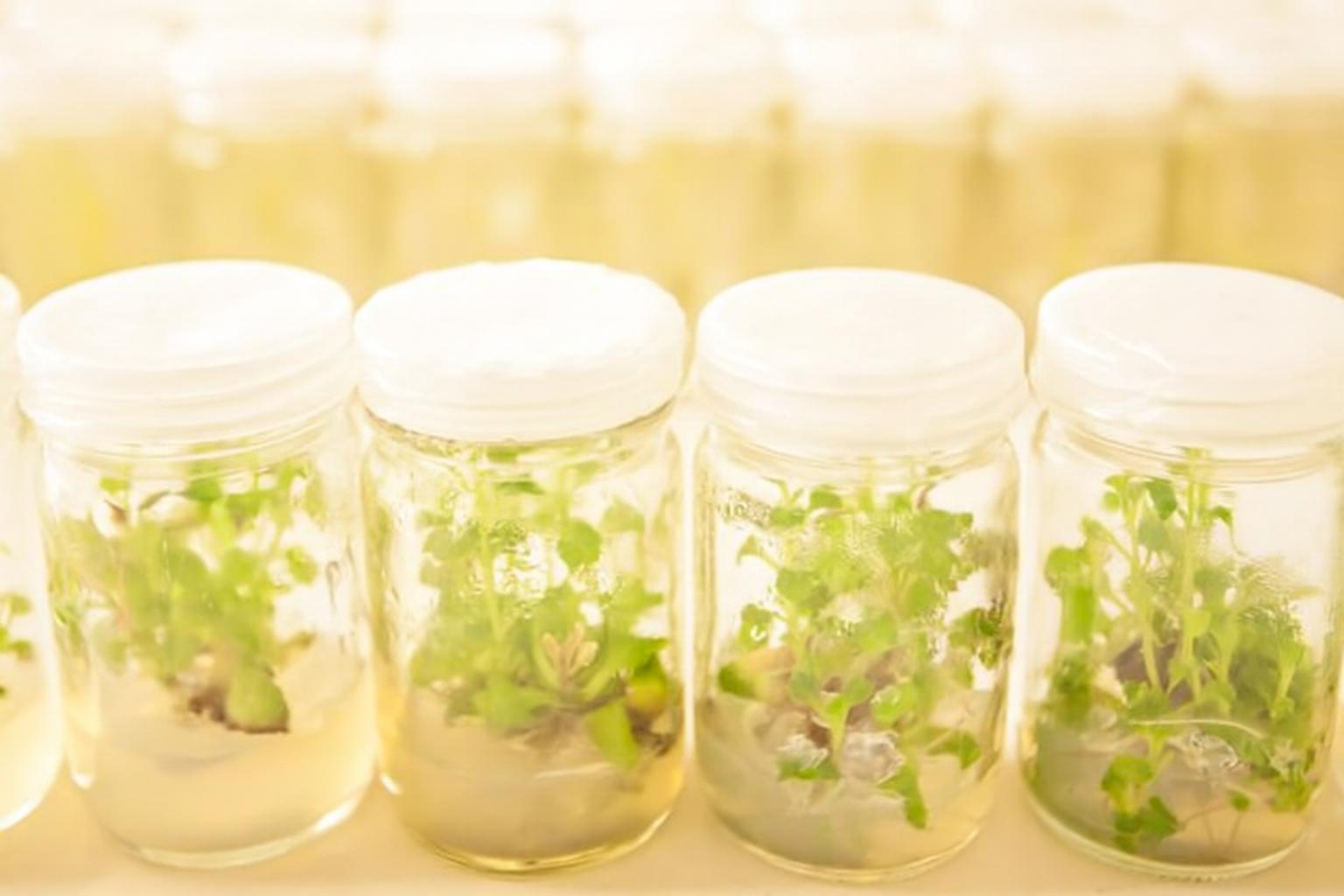
LED lighting enhances tissue culture growth
In plant tissue culture laboratories, light quality and stability are decisive for callus induction, shoot multiplication, and rooting. Compared to legacy fluorescent systems, modern LED platforms deliver precise control of intensity, photoperiod, and uniformity, building a reliable microenvironment for in vitro development with lower operational costs.
1.- Key benefits observed
- More uniform growth and morphology across shelves and vessels.
- Faster multiplication rates thanks to consistent PPFD and photoperiod control.
- Lower vitrification (hyperhydricity) by reducing heat and humidity spikes near cultures.
- Improved rooting and acclimatization due to stable, low-heat lighting conditions.
- Reduced energy consumption versus fluorescent tubes, with longer service life.
2.- Why LEDs work better for tissue culture
LED fixtures minimize radiant heat around media, preventing overheating and preserving stable in vitro conditions. Their instant dimming and time-based control improve reproducibility from batch to batch, while consistent distribution on each shelf reduces edge effects and variability.
3.- Implementation guidelines for labs
- Use dimmable LED panels to fine-tune intensity by stage and species.
- Target PPFD of 40–100 µmol·m⁻²·s⁻¹ for most culture stages, validated with a PAR meter.
- Maintain photoperiods of 14–16 h with accurate, automated scheduling.
- Calibrate shelf-to-shelf uniformity (map PPFD) and adjust mounting height to reduce variability.
- Plan for thermal management (airflow across racks) to keep media and vessel surfaces within spec.
How LEDMIO helps tissue culture labs
- Light planning for racks: shelf-by-shelf PPFD mapping, DLI targets, and commissioning. See service.
- High-efficiency LED shelving: low-heat, long-life panels designed for culture rooms and growth chambers. Explore fixtures.
- Smart controls: automated dimming and scheduling (sunrise/sunset) with DimTime, or simple manual control with DimLite.
- Integrated lab solutions: coordination with HVAC, filtration, and cleanroom standards; wiring, panels, and compliance.
- End-to-end support: installation, validation, training, and after-sales service for reliable lab uptime.
Conclusion: By delivering stable intensity, low heat, and precise timing, LED lighting drives more consistent growth, higher survival rates, and better-quality plantlets in tissue culture. With LEDMIO, labs gain a proven, scalable platform that improves reproducibility and lowers total cost of ownership.